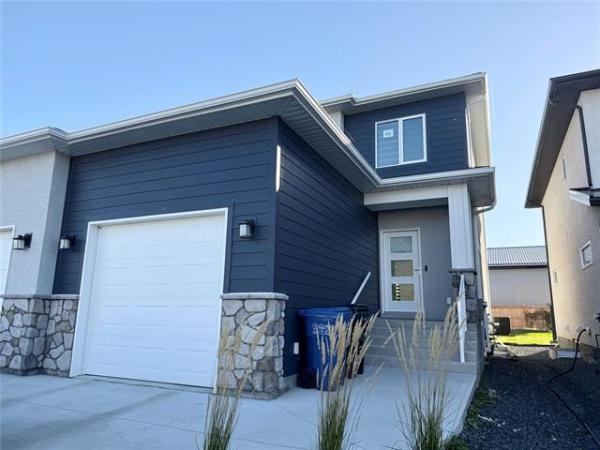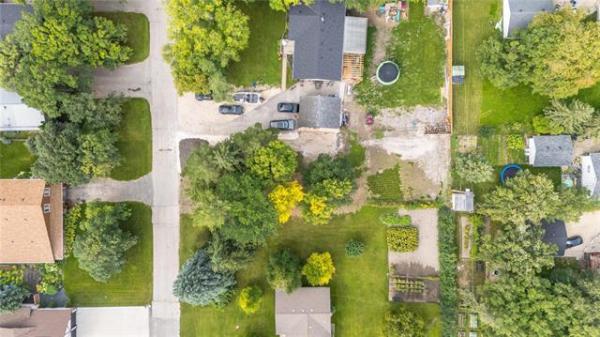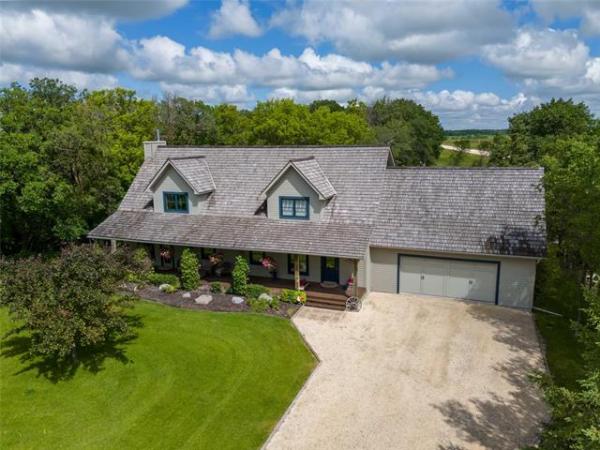QUESTION: I was very interested in your recent article dealing with heat recovery ventilator. Six years ago, we moved into a new house that had an HRV. The house is air-conditioned and uses a forced-air furnace.
Because we have newly installed wooden floors in this bungalow, I was anxious during the summer months to keep the humidity reasonably low, which the air conditioner was able to do along with the fact that the humidistat was also "not in operation." I recognize that the HRV was operating at a low level bringing in moist air, but the humidity of the house was not out of control. So we have little difficulty in the summer months.
In the winter months we have difficulty getting the relative humidity above 30 per cent, even though there is a Desert Spring humidifier installed in the return-air plenum of the furnace. This is a problem for us as the wood-floor manufacturers indicate the humidity should be at the 40 to 50 per cent level at all times. I think if these humidity levels were achieved in the very cold weather we might have a lot of condensation on the inside of the house windows, but I have neighbours who say they do fine at 40 per cent.
As you might gather, I would like to see the humidity reach into the 30s at least during the winter, and I wonder what you would think about turning the HRV off altogether during the night. This way, there would not be as much humidity escaping the house, which might increase humidity levels. Needless to say, we have never had to use the humidistat because of the lower humidity levels in the winter months. -- Bruce Catchpole
ANSWER: While it may seem your question is about your new home and HRV, the issue that I will touch on is the need to maintain a high relative-humidity level in your home to prevent problems with your hardwood floor.
I think you have a common problem with your HRV, as many other people do, with controls that are improperly set up. This can be easily fixed. Time and time again, I have heard from clients and homeowners that they have been advised to maintain relative humidity (RH) levels in their homes well above 40 per cent, at normal room temperatures, to prevent damage to their hardwood floors. The logic for this always seems to escape any reasonable scientific explanation.
The information normally is gained from searching hardwood-floor manufacturer or association websites, or in warnings from installers or suppliers. I take exception to this bad advice because it normally comes from an industry that may be rooted in an area with a completely different climate than ours, often in the U.S. or eastern Canada. A lot of the hardwood for the flooring is sold and manufactured in those areas, which may never see temperatures below freezing year-round. They also may have high ambient relative humidity due to their geographic location. The information they supply for their product will not be applicable for all of their distribution area and I expect the authors of this misinformation have never experienced Manitoba in February, let alone find it on a map.
Hardwood is typically dried after being rough cut, often in kilns, to a moisture content below 20 per cent before it is ready to be further milled. This dry material can then be machined into smooth hardwood planks or flooring. From there it may be pre-finished or packaged and sent to a warehouse where it may dry even further.
To properly acclimatize this dry flooring it should be brought into the job site and left there for a couple of weeks or more prior to installation. This will allow the wood to adapt to the interior environment and will prevent shrinking or buckling after installation. If the wood is not left long enough to acclimatize, or if it has been stored in poor conditions at a supply warehouse, problems can occur. When this happens it's very easy for the manufacturer, supplier or installer to blame the homeowners, even if they are doing nothing wrong.
To further illustrate this point, I will use the example of hardwood flooring in numerous older homes in our area. I have seen homes that are nearly 100 years old with hardwood flooring that is in good to very good condition, mostly oak. I have also seen many more with floors that are in fair to poor condition, quite often maple or birch floors.
Many of these ancient homes had original central-heating systems with poor distribution and no humidification for the winter. These homes also would have originally been heated partially by radiant heat from wood or coal fireplaces, which can further dry the wood flooring adjacent to the fireplace. How then, could original hardwood-plank flooring survive without extreme shrinkage with winter indoor RH levels below 20 per cent, let alone above 40 as recommended?
You are absolutely correct in your assertion that you will create problems in your home if you try to keep the RH levels above the 40per cent range during the heating season. As for the current conditions in your home, a range of 30 per cent RH in a new home is not too low in the middle of winter.
As far as maintaining control of the moisture level in the air in your home, please refer to my previous column you sited that suggests your HRV controls are not properly functioning and the unit may be running continuously. If you have an experienced HVAC technician properly set up the humidistatic controls for your HRV, it will allow you to regulate the RH in your home to your desired comfort levels without manually turning it on and off.
Ari Marantz is the owner of Trained Eye Home Inspection Ltd. and the President of the Canadian Association of Home & Property Inspectors - Manitoba (www.cahpi.mb.ca). Questions can be e-mailed to the address below. Ari can be reached at (204) 291-5358 or check out his website at www.trainedeye.ca.
trainedeye@iname.com



